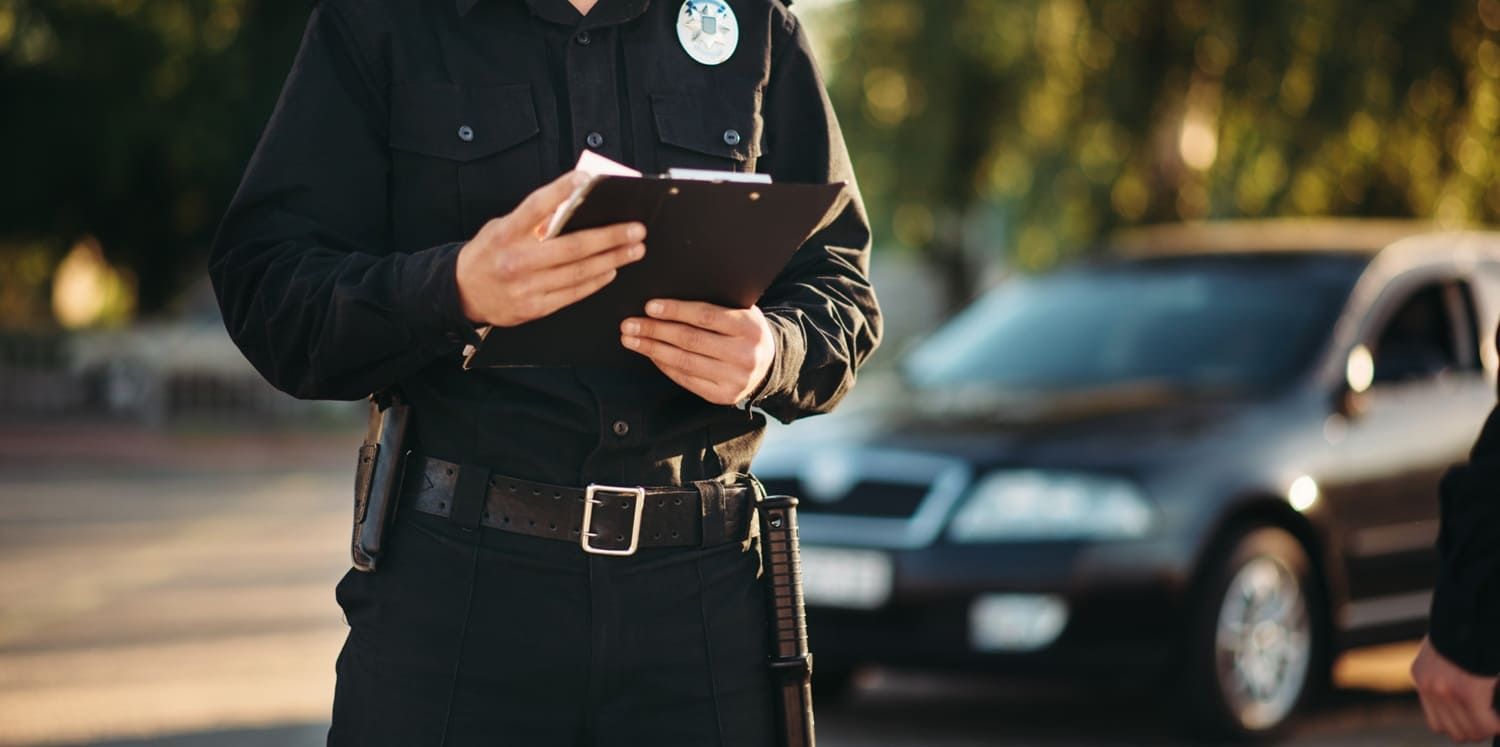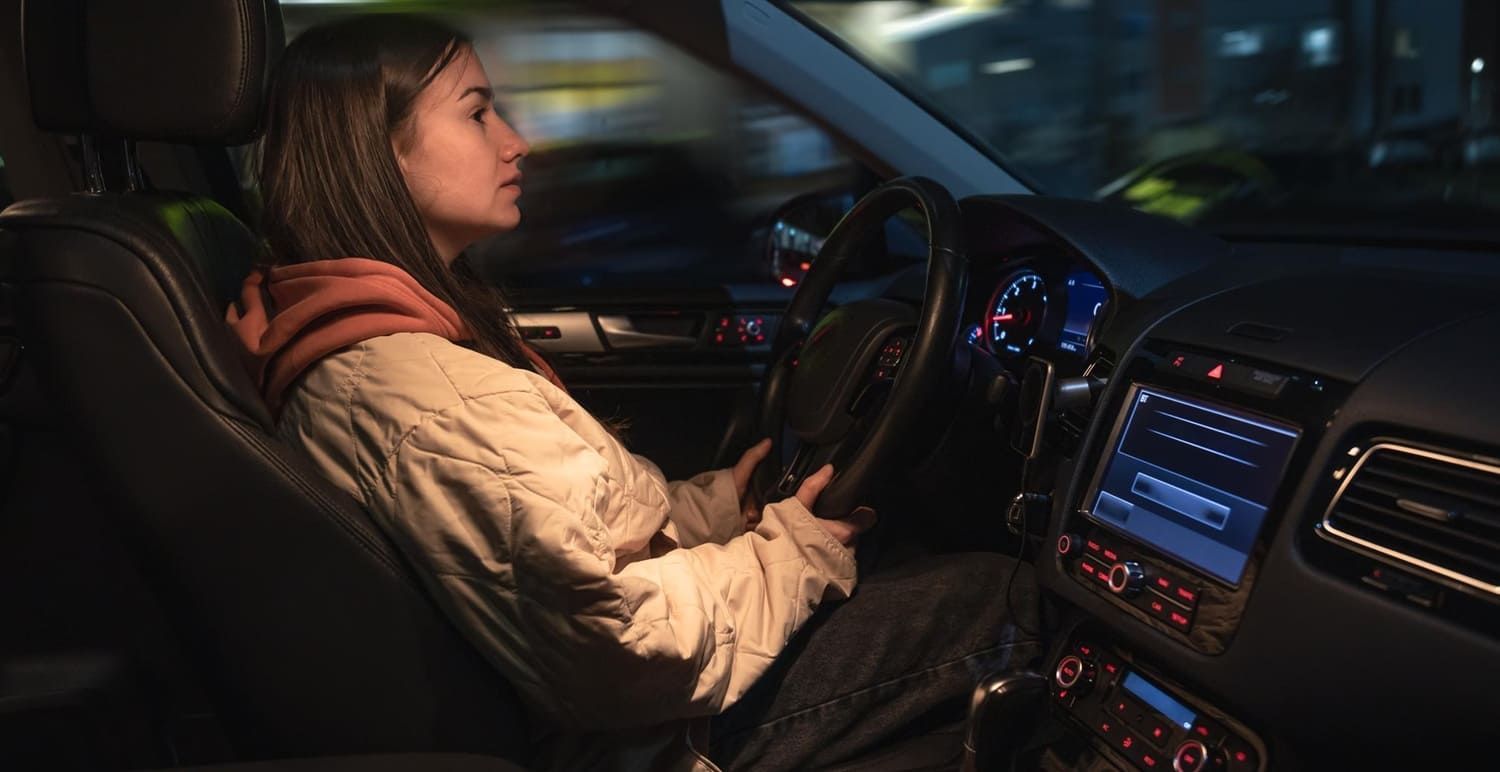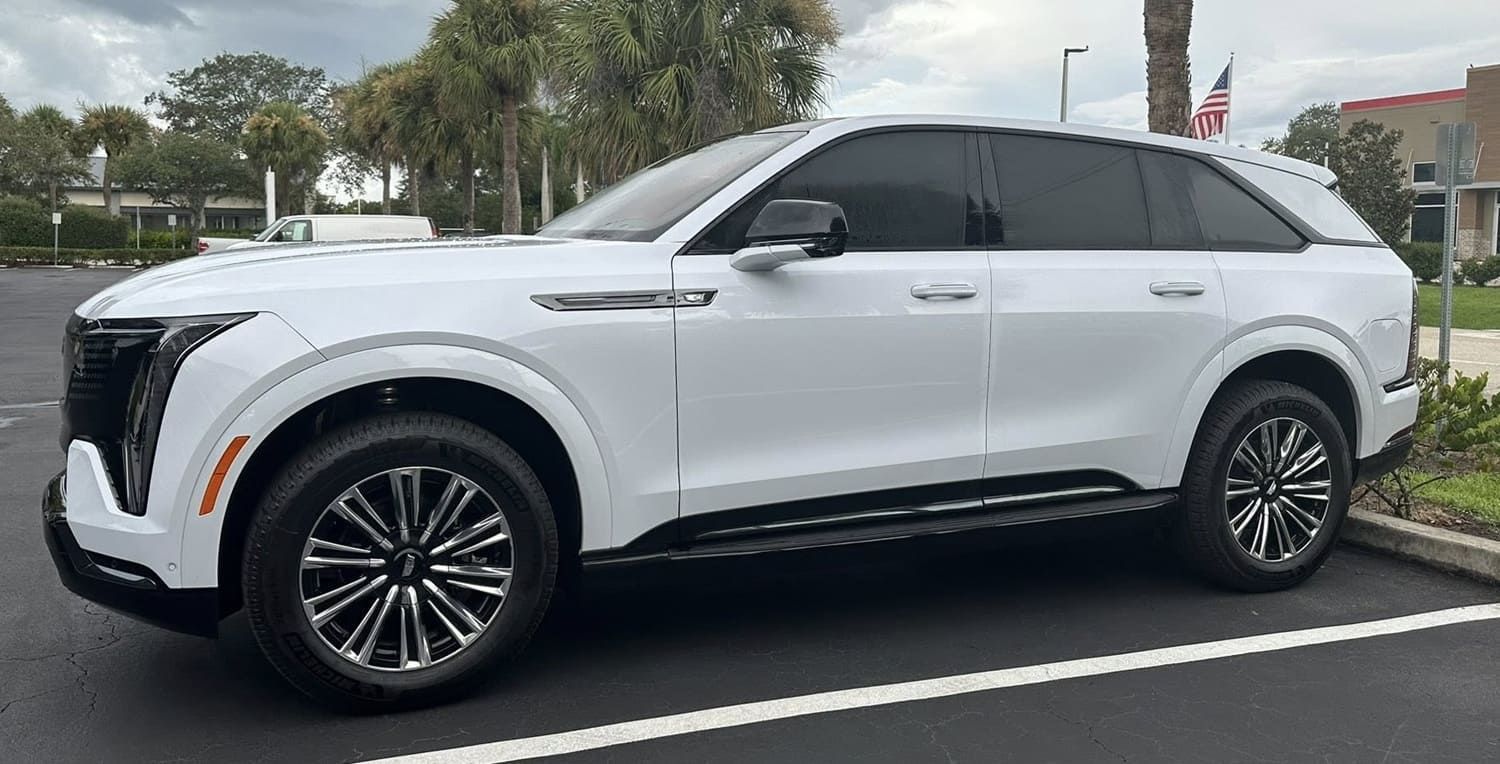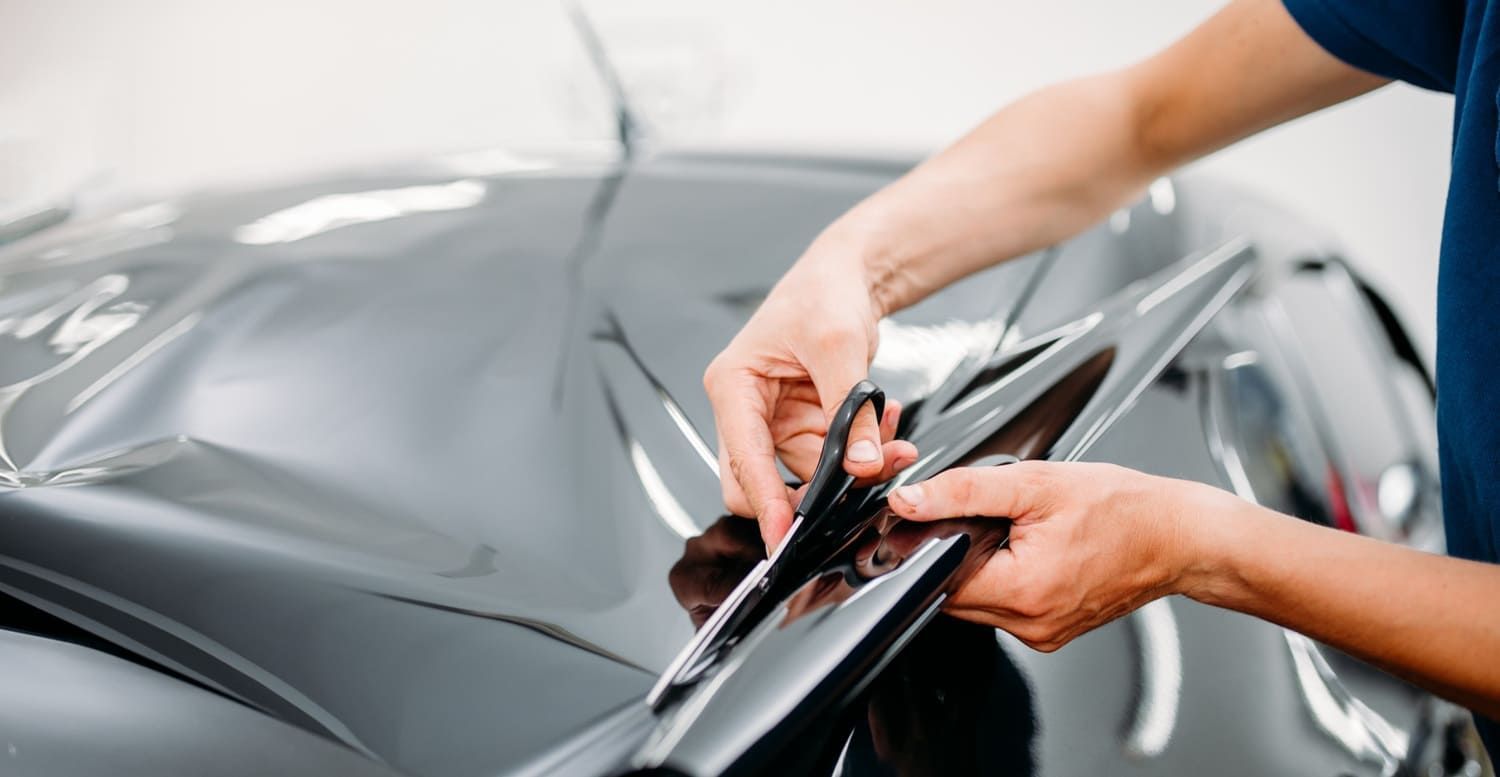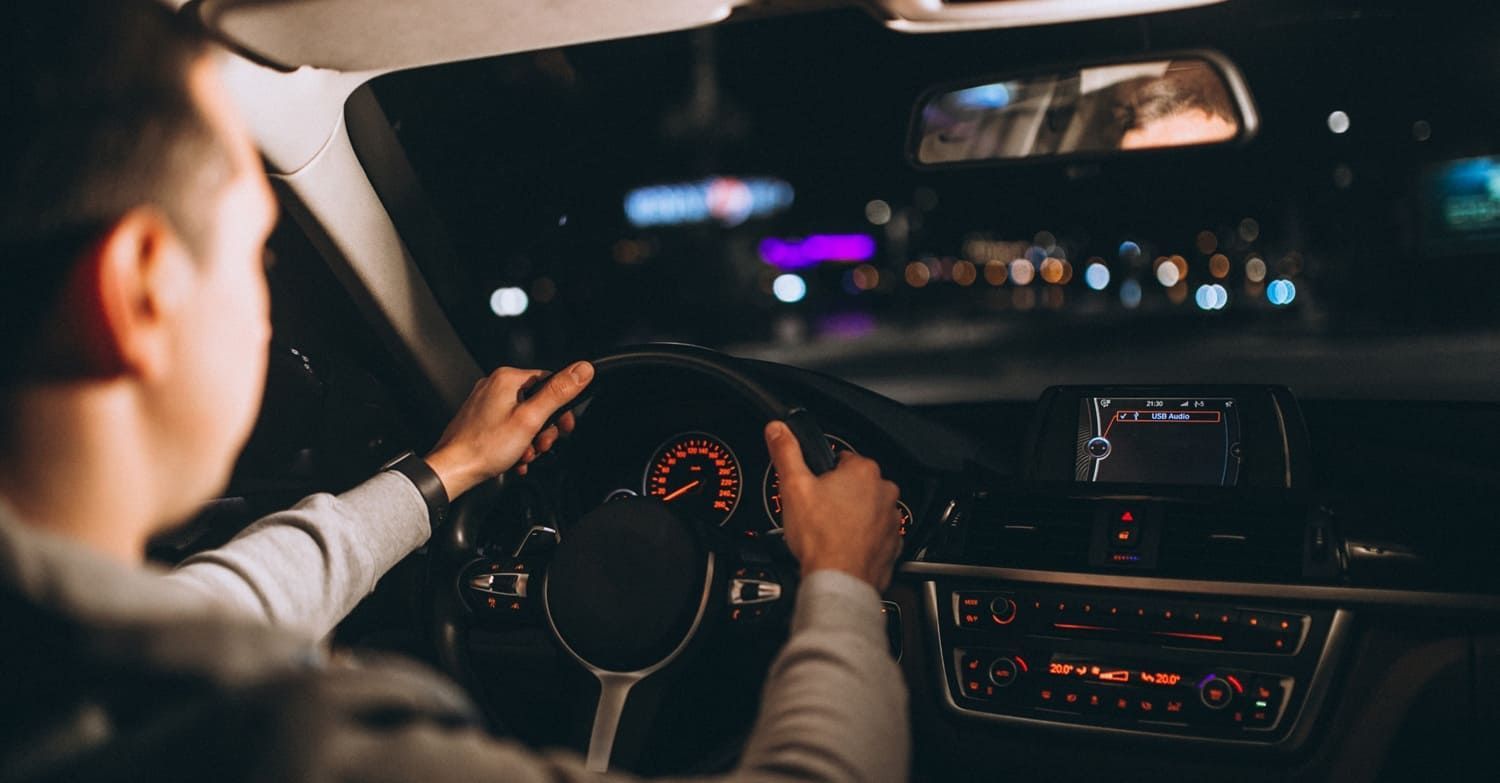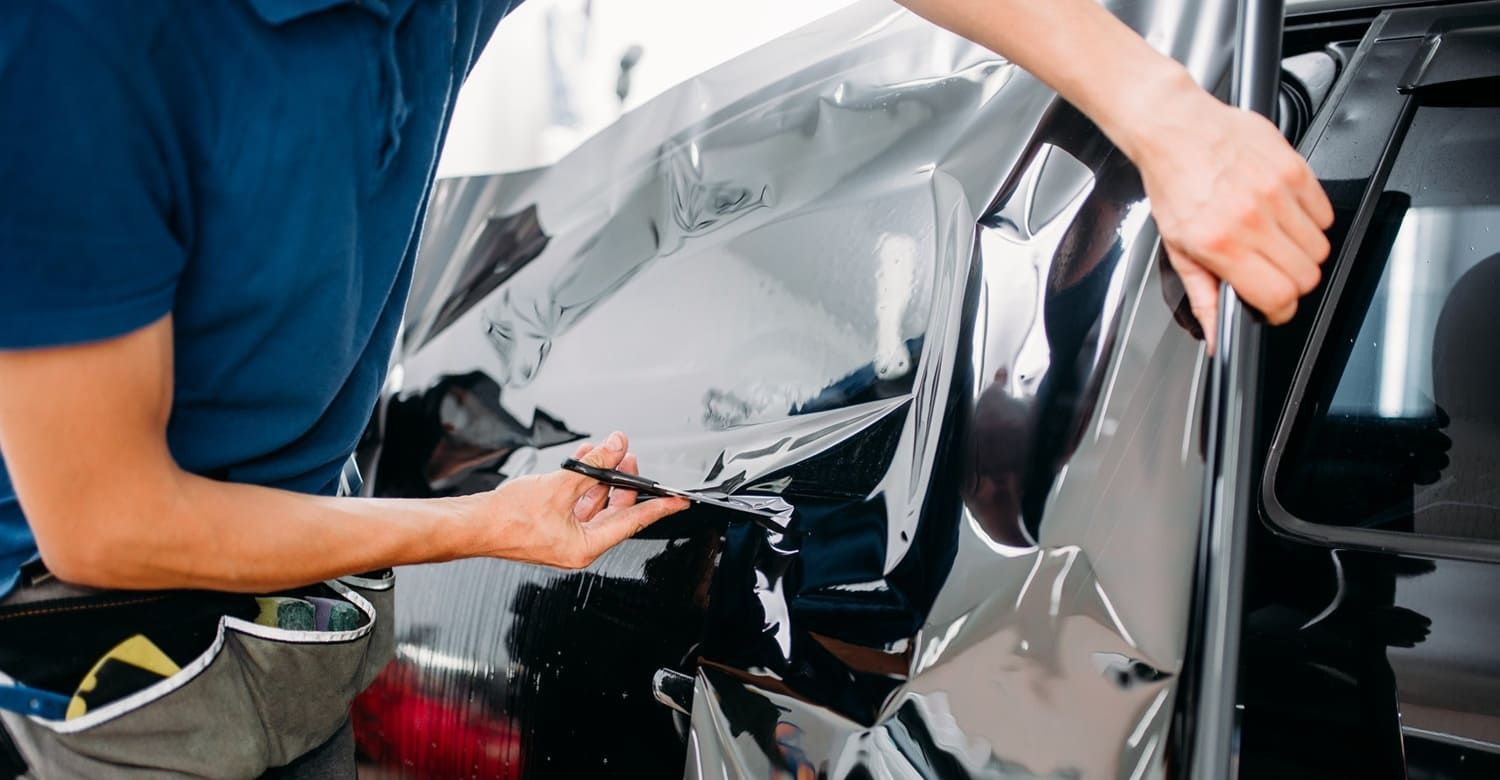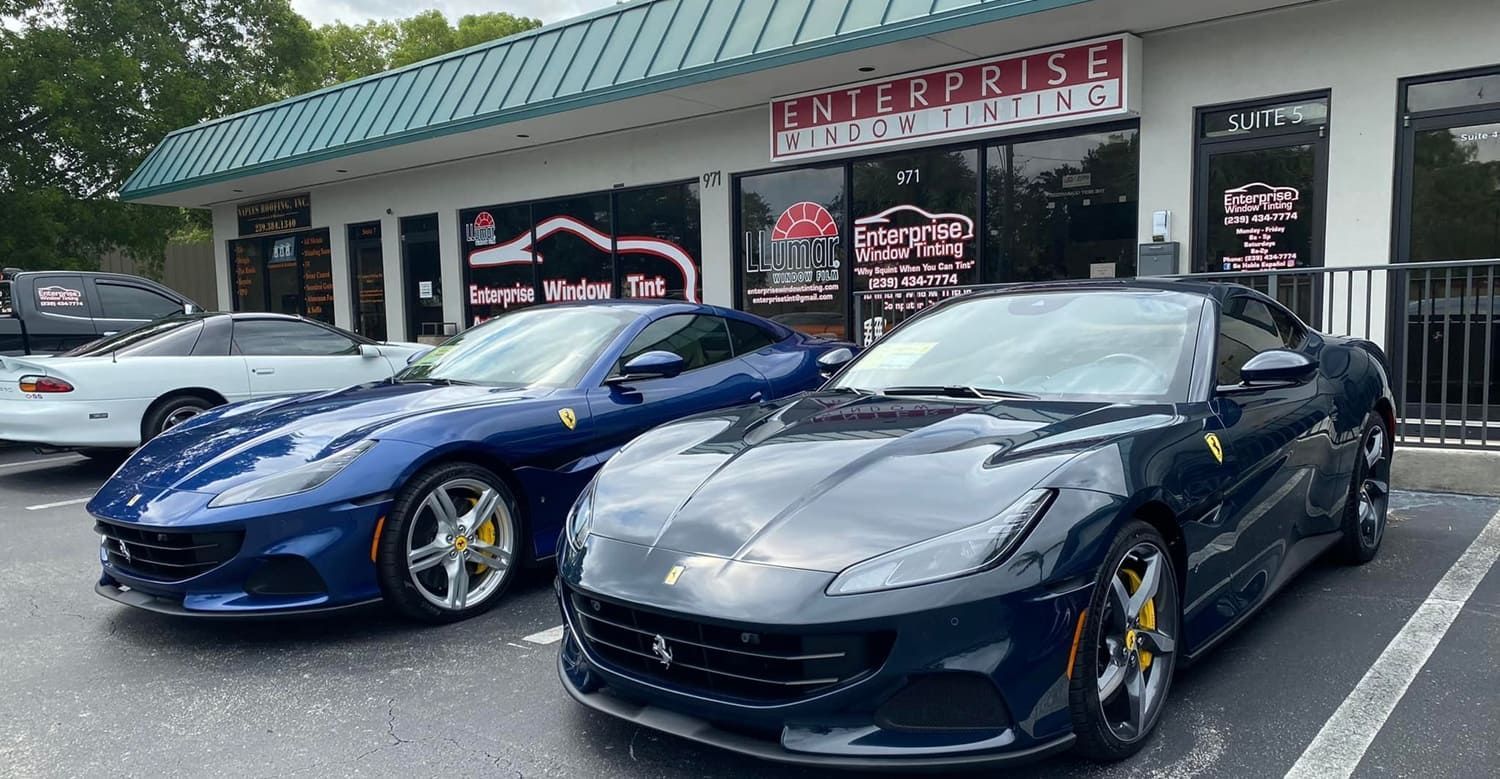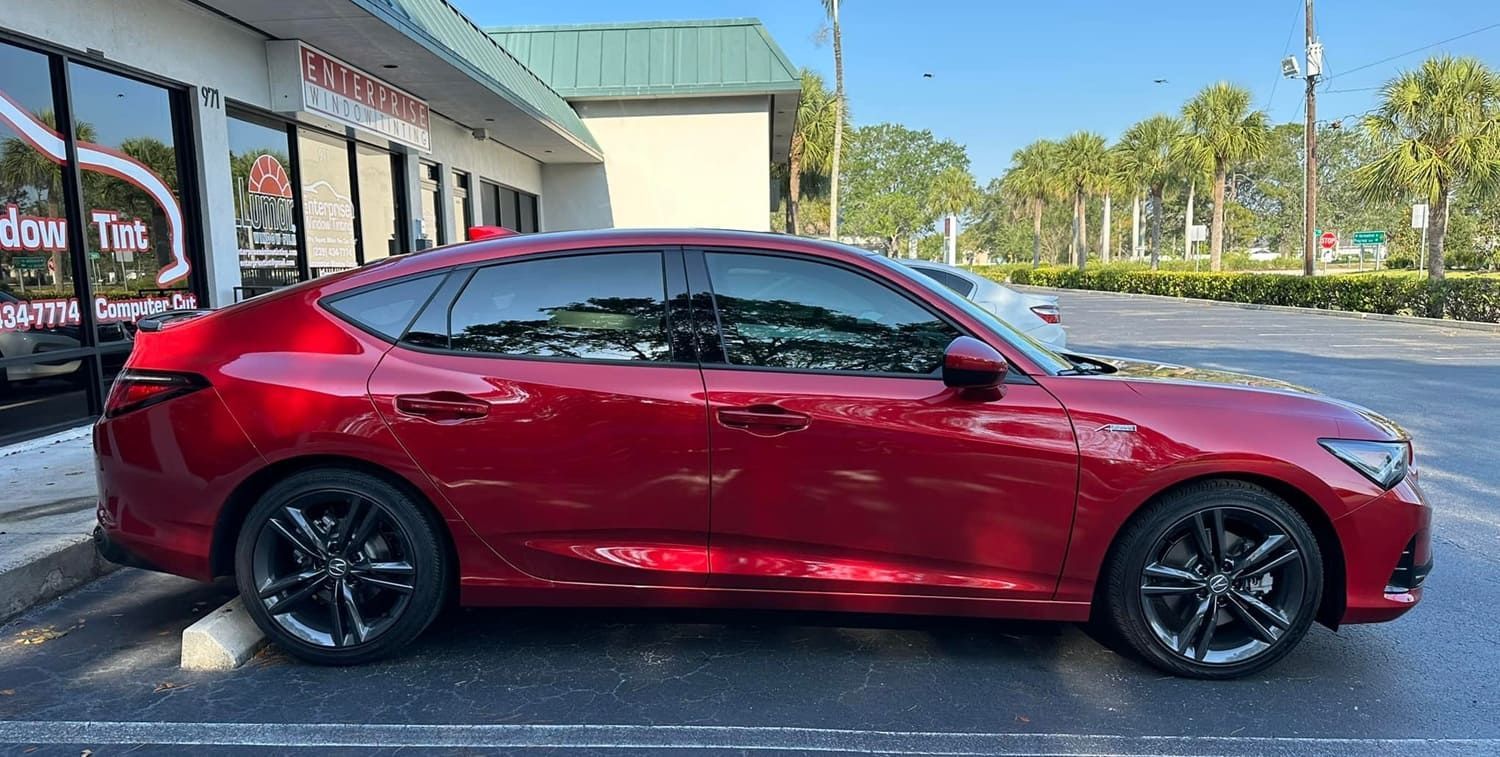Does Your Tesla Window Tint Meet Legal Standards?
Window tinting is a popular modification for vehicles, offering a range of benefits such as UV protection, reduced glare, and increased privacy. It can transform your car into a more comfortable and private space, shielding you from the harsh rays of the sun and prying eyes. Yet, not all window tints are created equal, and regulations vary from state to state, which can make the process of choosing the right tint somewhat complex. Understanding these rules is essential to avoid fines or, worse, being asked to remove your tint. In addition, knowing the legal standards can help you make informed decisions about the level of tint that best suits your needs while keeping your vehicle compliant.

What Are Window Tint Legal Standards?
Window tint legal standards govern the darkness and reflectiveness allowed for car windows. These standards are typically measured by the Visible Light Transmission (VLT) percentage, which indicates how much light can pass through the tint. For instance, a tint with a 70% VLT lets 70% of light through, making it lighter than a tint with a 30% VLT. The lower the VLT percentage, the darker the tint, which affects both the interior visibility and the vehicle's exterior appearance. Each state or region has its own specific VLT requirements for different windows on a vehicle, and it’s crucial to be aware of these when selecting your tint.
Why Do These Rules Exist?
Window tint regulations are in place for safety reasons. Extremely dark tints can impair a driver's vision, especially at night or in poor weather conditions, increasing the risk of accidents. They can also hinder law enforcement officers from seeing inside a vehicle during traffic stops, which is a significant safety concern for officers. By setting legal standards, authorities aim to balance the benefits of tinting with the need for road safety. Furthermore, these regulations ensure that all drivers have a clear line of sight, which is essential for making quick decisions on the road and maintaining overall traffic safety.
Tesla Window Tint: What to Consider
When it comes to Tesla vehicles, or any car for that matter, adhering to window tint legal standards is crucial. Tesla's modern design and technology might tempt owners to push the limits with darker tints, but it's vital to stay within the law. The sleek aesthetics of a Tesla can be complemented by a well-chosen tint, but it’s important to remember that functionality and legality should never be compromised for style. Ensuring that your tint meets legal standards is not only a matter of compliance but also one of maintaining the safety and efficiency of your vehicle.
Common Misconceptions
Some Tesla owners believe that factory-tinted windows automatically meet legal standards. However, this is not always the case. Factory tints often comply with federal regulations but may not meet specific state laws, which can be more stringent. Therefore, it's important to verify your state's requirements before assuming your Tesla's tint is legal. Another common misconception is that darker tints provide better protection from UV rays; however, even lighter tints can offer substantial UV protection while staying within legal limits.
Custom Tinting for Teslas
If you're considering custom tinting for your Tesla, start by checking the VLT percentage that complies with your state's regulations. This will ensure that you select a tint that not only looks great but also keeps you compliant with local laws. Additionally, consider the type of tinting film—ceramic, metallic, or dyed—as each has different properties affecting visibility and heat reduction. Ceramic tints, for example, are known for their superior heat rejection and clarity, making them a popular choice among Tesla owners seeking both performance and aesthetics.
Florida Car Window Tint Laws
For Tesla owners in Florida, understanding the state's specific window tint laws is essential. Florida has clear regulations on how dark and reflective your window tint can be, which are designed to maintain safety and visibility on the roads. Familiarizing yourself with these regulations can save you from potential fines and the inconvenience of having to remove non-compliant tinting. With the sunny climate in Florida, window tinting is particularly popular, but ensuring your tint meets state laws is crucial for avoiding legal issues.
Front Side Windows
In Florida, the VLT for front side windows must be at least 28%. This means that the tint must allow more than 28% of light to pass through, ensuring that drivers maintain adequate visibility. Exceeding this limit could result in fines or a requirement to remove the tint, which can be both costly and time-consuming. Ensuring your front windows comply with the VLT percentage is essential not just for avoiding penalties but also for maintaining the safety of your driving experience, particularly in dim lighting conditions.
Back Side and Rear Windows
The rules for back side and rear windows are slightly more lenient, with a VLT requirement of 15%. This allows for darker tints, providing more privacy and protection against UV rays. The ability to use a darker tint on these windows is particularly beneficial for those who frequently carry passengers or valuables, as it offers increased privacy. However, despite the leniency, it's still important to ensure that the tinting does not impede visibility, particularly when driving at night or in adverse weather conditions.
Windshield Regulations
Tinting on the windshield is restricted to the top portion, commonly referred to as the "AS-1 line." The tint should not extend beyond this line, ensuring that the driver's view remains unobstructed. This regulation is in place to ensure that drivers have a clear and unobstructed view of the road ahead, which is crucial for safety. While a strip of tint on the windshield can help reduce glare from the sun, it must be applied carefully to remain within legal boundaries, avoiding any potential safety hazards.
Reflectivity Limits
Florida also sets limits on how reflective a window tint can be. The reflectivity should not exceed 25% for front side windows and 35% for back side and rear windows. Reflective tints can create excessive glare, which can be dangerous to other drivers, particularly during sunny conditions. By regulating reflectivity, the state aims to minimize the risk of accidents caused by glare, ensuring a safer driving environment for everyone on the road. Choosing a tint with appropriate reflectivity not only keeps you compliant but also enhances the overall driving experience.
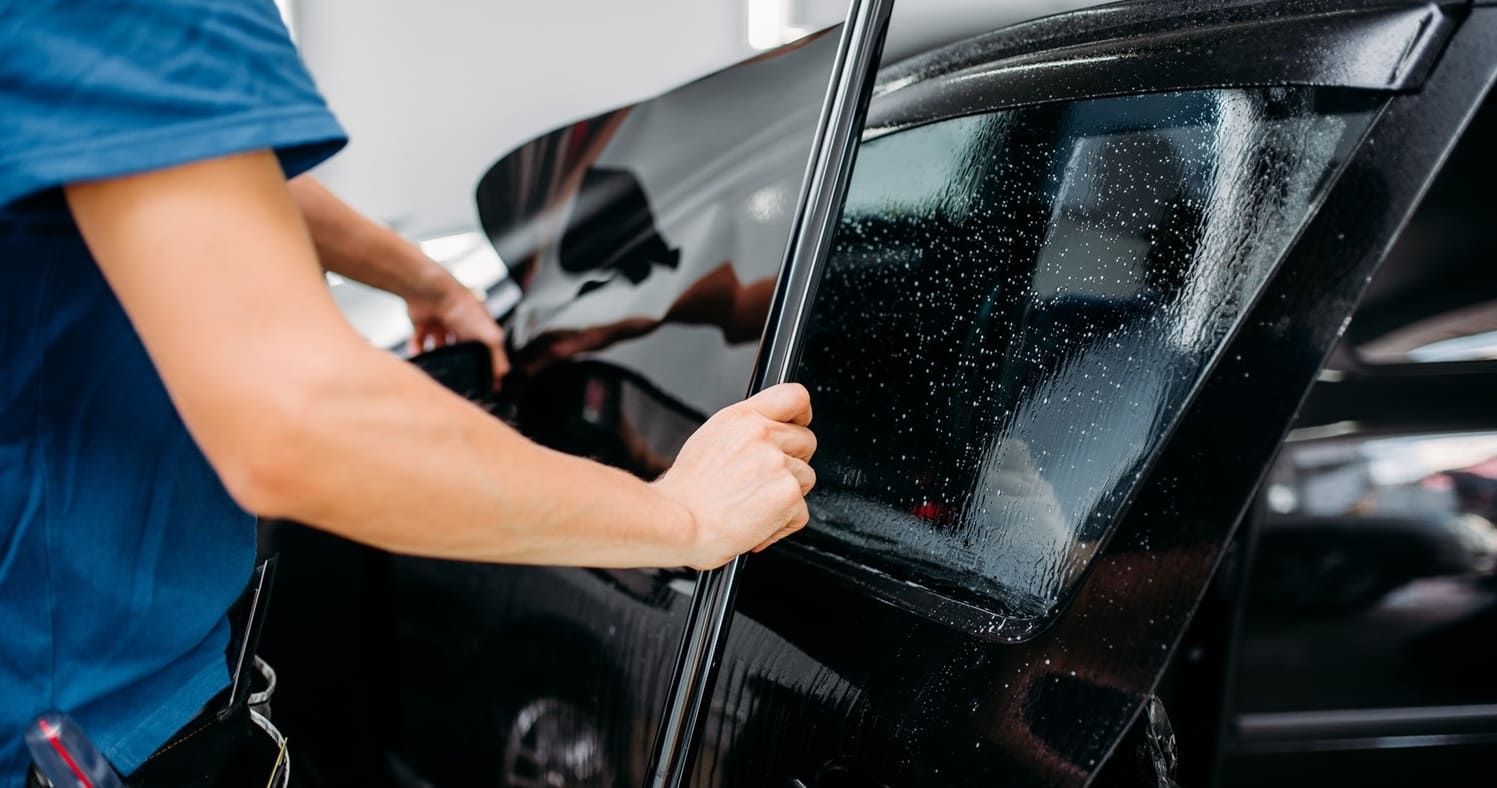
Ensuring Compliance with Window Tint Regulations
To ensure your Tesla's window tint complies with legal standards, consider the following steps. Compliance is not just about avoiding fines but also about ensuring your safety and that of others on the road. By taking proactive measures, you can enjoy the benefits of window tinting while remaining within the legal framework.
Check Your Current Tint
If your Tesla already has tinted windows, verify the VLT percentage. Many professional tinting services can measure this for you, or you can purchase a device to check it yourself. Regularly checking the tint’s VLT is a good practice, especially if you’ve recently moved to a new state with different regulations. Ensuring that your current tint meets legal standards is a simple yet effective way to avoid potential legal issues.
Consult a Professional
When installing new tints, consult a professional service familiar with your state's laws. They can recommend the right tint level and ensure proper installation. Professionals have the tools and expertise to install tints that not only meet legal standards but also enhance your vehicle’s aesthetics and functionality. By working with a reputable tinting service, you can ensure that your Tesla’s windows are both stylish and compliant.
Keep Documentation Handy
Having documentation of your window tint's VLT and reflectivity can be useful if questioned by law enforcement. A receipt from the tinting service detailing these specifications can serve as proof of compliance. Keeping this documentation in your glove box or another easily accessible place can provide peace of mind, knowing that you have proof of compliance readily available if needed. It also simplifies the process should you need to reference it for future tint modifications.
Stay Informed About Changes
Laws can change, so staying informed about any updates to window tint regulations in your state is important. Regularly checking your state's Department of Motor Vehicles (DMV) website can help you stay compliant. Being proactive about understanding changes in the law ensures that you are always driving within legal limits, protecting you from unforeseen penalties. Staying informed also allows you to take advantage of new tinting technologies or legal adjustments that might benefit your driving experience.
Conclusion
Window tinting can enhance the comfort and appearance of your Tesla, but it’s crucial to ensure it meets Florida’s legal standards. At ENTERPRISE WINDOW TINTING, your premier window tinting installers serving Naples, FL, we specialize in Tesla window tinting that combines style, performance, and full legal compliance.
By understanding local window tint laws and working with experienced professionals, you can enjoy all the benefits—heat reduction, UV protection, and sleek aesthetics—without risking fines or inspection issues. Compliance is an important part of the process, and we’re here to guide you every step of the way.
Contact ENTERPRISE WINDOW TINTING today for your free estimate and expert guidance on legally compliant Tesla tinting.
With the right film and professional installation, your Tesla will not only look exceptional but also remain within legal limits—delivering a safer, more comfortable, and worry-free driving experience every day.
